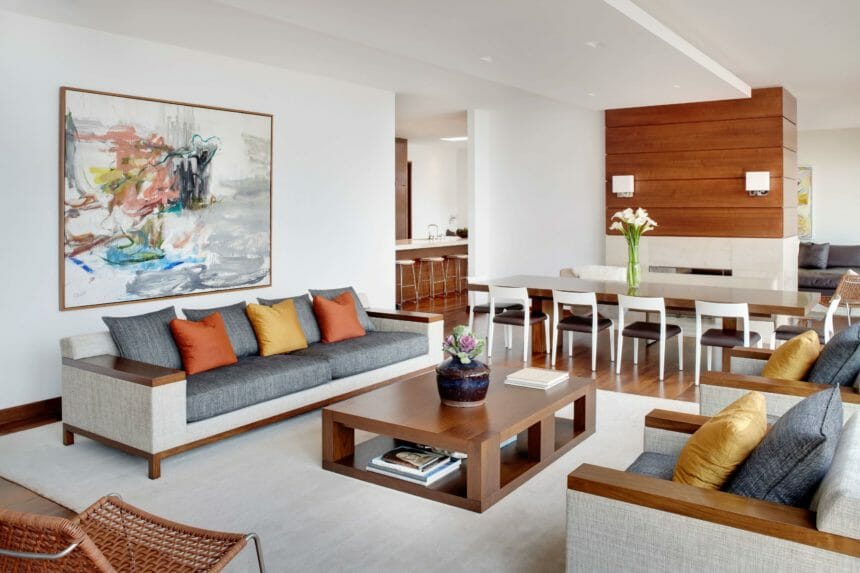
Editor’s note: Home Sweet Home is a feature appearing Mondays in McKnight’s Home Care Daily Pulse. The story focuses on a heartwarming, entertaining, enlightening or quirky happening affecting the world of home care. If you have a topic that might be worthy of the spotlight in Home Sweet Home, please email Caroline Szachnowski at [email protected].
In older adults’ homes, how turf looks and feels matters. The senses are one element behind the concept of enriched environments.
“We took a proactive approach to brain health and keeping both the brain and body healthy as we age,” said Upali Nanda, Ph.D., principal and director of research at HKS Architects of Dallas, TX. “And that’s where the enriched environment component really comes in.”
Four elements
There are four elements at play in enriched environments, explained Nanda, and they are cognitive, social, sensory and physical.
An example of an enriched environment encompassing all four of those elements is a playground.
“Now you’re starting to see multigenerational playgrounds that are great examples of spaces that cater to older and younger populations together,” Nanda said. “If you look at a playground, it has all four elements. The physical or motor skills, the sensory stimuli, the social stimuli and the cognitive stimuli, if you have things like puzzles and things that they can actually play with.”
In older adults’ homes, kitchens act as enriched environments, Nanda explained.
“I always feel like in a regular home, the most enriched environment is your kitchen,” Nanda said. “The kitchen table is a great example. At the kitchen table, I don’t just cook. Cooking requires cognitives skills and motor skills.”
She added that the kitchen is where the family comes together for socialization and it is heavily sensory.
Tying the elements together
In older adults’ homes, not all of the elements need to be present in equal proportion, Nanda said.
For instance, a living room primarily serves for social and cognitive engagement — as a gathering place. A bedroom, on the other hand, functions more for physical and sensory purposes.
“In each of these spaces, we take those four components of an enriched environment and see which one is the most important, the most prominent and how the others support it,” Nanda said.
Focus on safety
Mobility and safety are critical factors to consider when designing living spaces. One way to create a safe environment is to ask questions such as how wide are the corridors and are there hand rails, Nanda said. A staircase in the home also provides physical engagement, acting as a form of exercise.
“It’s a really simple thing,” Nanda said, “but you go up and down. You’re creating a range of physical affordances without ever compromising safety or mobility.”
Material selection also plays a role in enriched environments because whenever there is a level change in material, people are able to sense it and prepare for it, Nanda explained.
While all the elements are important, the sensory component plays a particularly important role because senses decline as we age, she said. Also, infusing creativity and routine cognitive tasks is beneficial.
“We need cognitive stimuli for our brain to actually stay healthy,” Nanda said. “I think we underplay the role of creativity, the role of art. The role of puzzle-making and art making. Interacting with different generations. I think that’s a key component in the environment that we are not promoting enough.”


